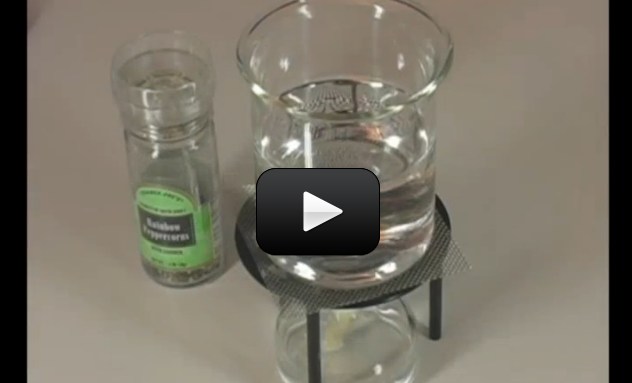Every time I’m served a hot bowl of soup or a cup of coffee with cream I love to sit and watch the convection currents. You may look a little silly staring at your soup but give it a try sometime!
Convection is a little more difficult to understand than conduction. Heat is transferred by convection by moving currents of a gas or a liquid. Hot air rises and cold air sinks. It turns out, that hot liquid rises and cold liquid sinks as well.
Room heaters generally work by convection. The heater heats up the air next to it which makes the air rise. As the air rises it pulls more air in to take its place which then heats up that air and makes it rise as well. As the air get close to the ceiling it may cool. The cooler air sinks to the ground and gets pulled back near the heat source. There it heats up again and rises back up.
This movement of heating and cooling air is convection and it can eventually heat an entire room or a pot of soup. This experiment should allow you to see convection currents.
Please login or register to read the rest of this content.

